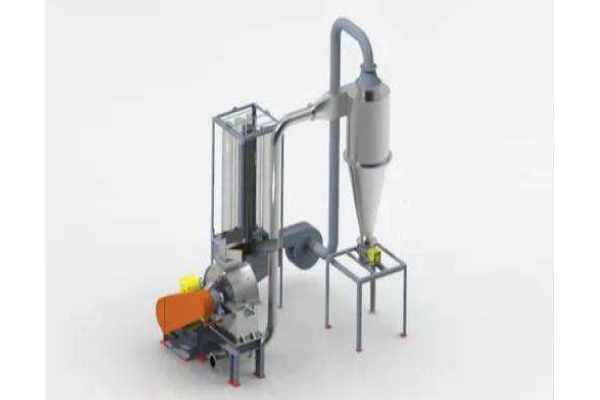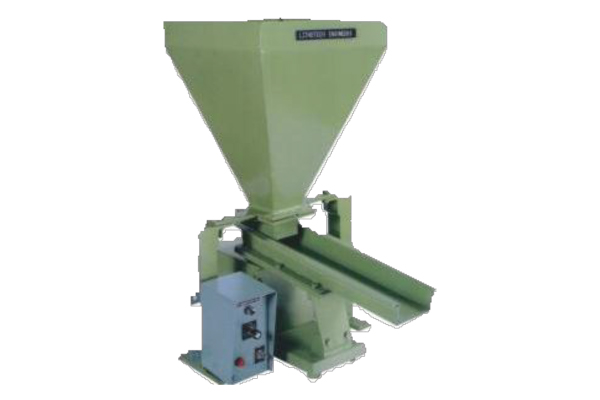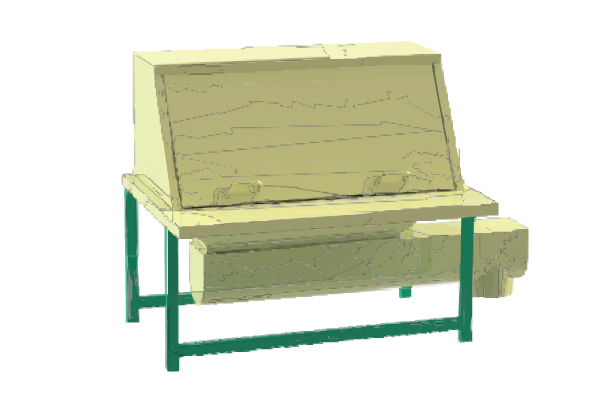Pneumatic Conveying Systems
Enclosed bulk material handling system using pressurized or vacuum air to safely and efficiently transport dry powders and granules via pipelines.
| Attribute | Specification |
|---|---|
| Operation Modes | Pressure or Vacuum, Dense, Semi-dense, or Dilute phase |
| Materials Handled | Dry powders, granules, pellets; up to ~50 lb/ft³ density |
| Air Velocity (Dilute) | ≈3000–5000 fpm (fine powders to dense particles) |
| Phase Selection | Match material: dilute for light, dense for heavy/abrasive |
| Key Components | Air mover, feed system, pipeline, diverters, receiver, dust filters |
| Control Factors | Air pressure & velocity, solids loading ratio, material tests |
Description
A pneumatic conveying system is an advanced material handling method that uses a stream of air or gas to transport dry powders, granules, and pellets through pipelines. By creating a pressure difference, materials are either pushed (positive pressure) or pulled (vacuum) through the conveying line. These systems are highly flexible and can handle complex routing with multiple bends and elevation changes.
There are three main modes of pneumatic conveying:
- Dilute Phase – High-velocity air suspends and transports lightweight powders.
- Dense Phase – Low-velocity, high-pressure airflow moves heavy, abrasive, or fragile materials with minimal wear and product damage.
- Semi-Dense Phase – A balanced mode for medium-density materials.
Pneumatic conveying offers enclosed, dust-free, and hygienic material transfer, ensuring safe, efficient, and contamination-free operation. It is widely used in industries such as food, pharmaceuticals, chemicals, cement, plastics, and agriculture. The system typically consists of air movers (blowers or compressors), feed devices (rotary valves or venturi), pipelines, diverters, filters, and receiving hoppers.
Reviews
There are no reviews yet.




